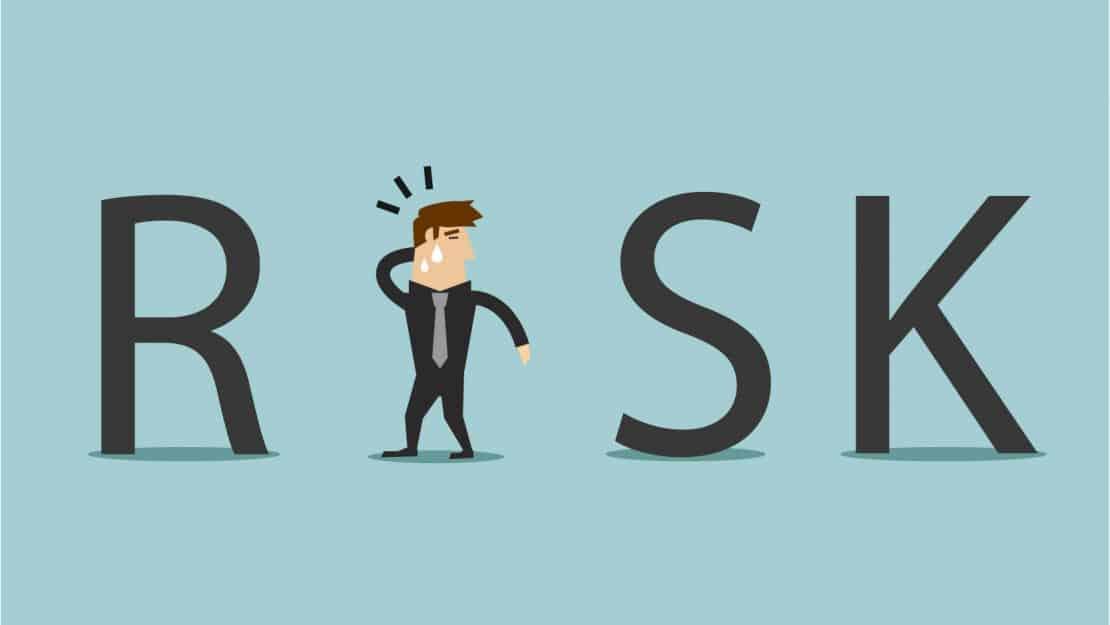26Mar2015
Understanding the organization as a system is the starting-place for performance improvement. It is important for two reasons: it helps leaders to understand the reasons for the current performance and it also provides them an approach which can be used for performance improvement, both immediately and in the long-term.
In order to learn this approach, leaders need to take a systems view and understand how the design and management of work (‘system conditions’) is impacting performance. It’s called the ‘what and why’ of current performance – what is being predictably achieved and why is it so. It enables leaders to see what their organization could look like and what needs to be changed in order to achieve it.
Leaders tend to think they know what their problems are. However, if they are running conventionally designed organizations the problems they think they have will not be the real problems. To discover their real (and usually much larger) problems, leaders must study their systems to get knowledge. While this is often an uncomfortable experience, getting knowledge is also extremely energizing.
In this column, I’ll use the Vanguard Model for ‘Check’ as the ‘acquire knowledge’ step*. In broad terms, the Vanguard Model for ‘Check’ helps to focus on three questions:
- How well do we serve our customers? (…and how do we know?)
- How well do our processes work? (…and how do we know?)
- Which are the ‘system conditions’ that encourage or discourage improvement? (…and how do we know?)
The version of the model I shall present here is useful for demand-based systems where customers create transactional demands for an organization.
The six steps of the ‘Check’ stage
1. What is the purpose?
The first step in the model for Check is to define the purpose of the service organization from a customer’s point of view. If necessary, you can skip this question and return to it after step two, at which point the definition is easier to identify.
2. What are the types and frequencies of demand?
To understand demand, you have to study it, in customer terms. Answering this question requires leaders to go through all situations in which the organization transacts with customers: why do they call, what do they want, what would create value to them, what matters to them. It is impossible to move to the next stage without having a thorough understanding of the major types of value and failure demand and their predictability.
All demands can be classified as either:
- Value demand: demand, where customers pull value from the organization.
- Failure demand: demand caused by a failure to do something or do something right for the customer.
Studying customer demand introduces leaders to the concept of failure demand. The portion of failure demand of all customer demand is usually a surprise to many leaders.
Understanding predictability of demand is essential, since designing against the unpredictable would make the system both complex and costly.
3. How well does the system respond to demand?
Once you’ve identified value demand, the next step is to focus on understanding how well the system responds to this value demand. To manage value you need metrics for the achievement of purpose in customer terms – these metrics are called capability measures.
Capability measures give us knowledge about what is going to happen – what will predictably occur next week, the next day, the next hour and so on. Capability measures, plotted in capability charts, give leaders and workers the means to learn from and improve performance. For example, if we know what matters to our customers we can measure and improve it using capability measures.
4. Studying flow
Often leaders want to start improvement by mapping the processes in the organization. However, by starting with mapping flow, two important aspects of information are often ignored: knowledge about demand, which tells you what to map, and real capability measures against purpose, which tell you where your priorities should lie. In other words, understanding demand dictates the value work, and the value work dictates the expertise required to create a clean flow.
When mapping flow it is essential to follow successive pieces of actual work. Additionally, don’t use written procedures or take people into a room to map the flow. Instead, get an understanding of how well the work flows through the organization by actually seeing and feeling it – just follow successive pieces of work and build an understanding of what is really happening (‘how the work works’).
There are only two types of work: value work which is dictated by the customer demand, and waste, which is everything else.
5. Understanding ‘system conditions’
The waste identified in the mapping of the workflows is all man-made. It is a consequence of how work is designed and managed ( ‘system conditions’): measures, roles and responsibilities, process design, budgeting and funding schemes, governance, targets, office locations, team structures, policies, incentive and bonus schemes, procedures, IT, organizational structure, contracts, and so on.
Any waste in a system represents, by definition, a failure to provide value for customers.
In this step, the focus is to understand the particular ‘system conditions’ that are creating waste in the flow of work. This is an important step because if the ‘system conditions’ that caused the waste are not removed, any improvements will be marginal and unsustainable. Unfortunately, treating improvement as merely process improvement is a folly.
6. Management thinking
Following the Vanguard Model for Check achieves two things: as well as uncovering the ‘what and why’ of performance as a system, it also demonstrates that improvement requires the active involvement of leaders.
The causes of waste and sub-optimization all relate to the way we think about the design and management of work. We tend to believe that many ‘system conditions’ (see the previous step) improve an organization’s capability, when, in fact, this is not the case. Instead, ‘system conditions’ hinder the flow of work which, in turn, constrains the capability of the system from the customer’s point of view. This may potentially generate large volumes of failure demand.
If we want to experience true innovation, we need to think differently about the design and management of work. Different perspective leads to a different purpose which further leads to different methods because there are now different problems to solve. These are the key elements of the high-performing, truly customer-driven organization.
* In the Vanguard Method, ‘Check’, is the first in an iterative three-stage improvement model. Subsequent steps are ‘Plan’, where you design a better system and are able to predict improvement while not knowing by how much, and ‘Do’, where you implement the new design.
Hermanni Hyytiälä works as a Principal Consultant at Reaktor. His ambition is to change the way our organizations are designed and managed. Hermanni Hyytiälä in Twitter: @hemppah


 by:
by: 